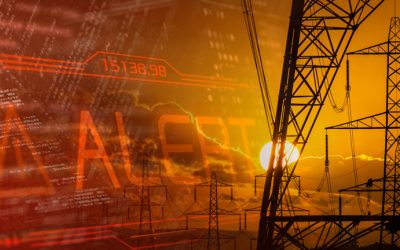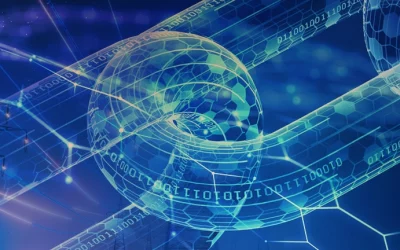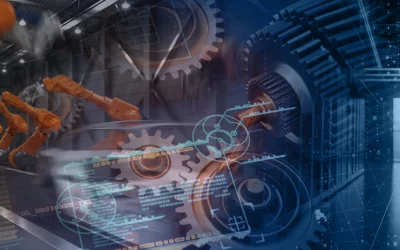Storm Arwen – how the Utilities sector can build a more resilient CNI
The recent outages caused by Storm Arwen have led many to question the overall resilience of power firms’ national infrastructure, with many properties across the UK left without power for more than a week. But as we have found throughout the COVID-19 pandemic, challenges that initially seem insurmountable are a powerful driver for technological innovation that not only helps resolve immediate concerns, but also provides a powerful launching pad for future growth. We should therefore consider what lessons can be learned from the efforts to restore power to affected homes and what they mean for the sector as a whole.
To begin, let’s consider why restoring power to the affected homes proved so challenging…
How the way we distribute power has evolved
Until relatively recently, power in the UK was delivered using a ‘top down’ approach, where it was generated by a small group of large power stations across the country, then disseminated directly to properties. The advantage of this approach was that it was relatively easy to identify points of failure, should anything ever go wrong. However, power is now increasingly distributed, generated by the same longstanding power stations, but also solar panels, off-shore windfarms, and a range of other sources, encompassing multiple levels rather than a top-down approach.
While the opportunities offered by these new power sources are tremendous, particularly in terms of renewable energy, it makes identifying and resolving the source of any outages considerably more challenging.
Being prepared for the worst
If the events of 2020 and 2021 have taught us anything, it’s that plans must always be in place for the absolute worst-case scenario. When it comes to power, this means the ability to conduct a black start, at a moment’s notice, is of critical importance.
A black start scenario is an event where the whole of the UK’s power distribution system is taken offline at once, be it through natural disasters, terrorism, or ‘acts of God’, requiring a full restart to restore power. The key challenge here, is that a restart of this scale still requires a power source of some description, which means an alternative must always be available in case of the worst. Traditionally, a power station was maintained, ready to be switched on at short notice, should a black start ever be required, and power slowly distributed from the top down.
The number of distributed power sources around the country has offered a considerably higher level of agility in this regard, but also made the black start process increasingly regionalised, which can present problems when power needs to be restored in particularly remote areas. So, as our increasingly power-dependant society demands ever shorter restart times, how do we connect these disparate elements?
Identifying the missing link in the UK’s power delivery ecosystem
With a top-down approach to power distribution, restarts could be conducted manually, with someone literally flipping a switch to initiate the process at the highest point of the pyramid. With the modern, highly distributed model, the process is more complicated, and so a robust data and comms infrastructure is required, in order to develop a better understanding of how, where, and when power is consumed across the country.
AI and automation – in other words, a ‘Smart’ model – is rapidly proving critical in this regard, allowing for effective management of highly dispersed sources, to ensure power can be made available wherever it is needed. For example, smart meters have rapidly established themselves in homes across the country and do far more than guarantee more accurate billing. The real-time data they offer around consumption in the home can be used to develop AI-driven distribution of power, so it will not just be readily available for day-to-day use, but will allow a surplus to be maintained, in order to ensure a black start can be conducted with minimal delay, should it ever be needed.
We are still in the early days of the Smart approach to power distribution. Revealing the full range of benefits these concepts can offer will certainly take time, and close collaboration between the Utilities sector and its technology partners, but the potential is enormous, both in terms of optimising the resilience of our critical national infrastructure, and ensuring power is readily available all over the country, 24/7.
A recent high-profile breach has driven home the need for a new model of OT security
Considering the impact of the recent Volt Typhoon incident and what can be done to optimise the security and resilience of CNI
Secure by design’ must become the new norm for mission-critical infrastructure
Cyber security is a priority as threats grow in frequency, scale, and sophistication. For Operators of Essential Services (OESs), IT/OT convergence and complex compliance demands require a more integrated, ‘secure by design’ approach.
A new model of high-resilience data hosting for tomorrow’s interconnected manufacturing
With manufacturing now officially part of the UK’s CNI sector, what steps can organisations take to bring their operations in line with CNI rigorous standards of security and resilience?
Contact us...
Schedule a Consultation
Contact Vysiion today to discuss your CNI technology needs.



